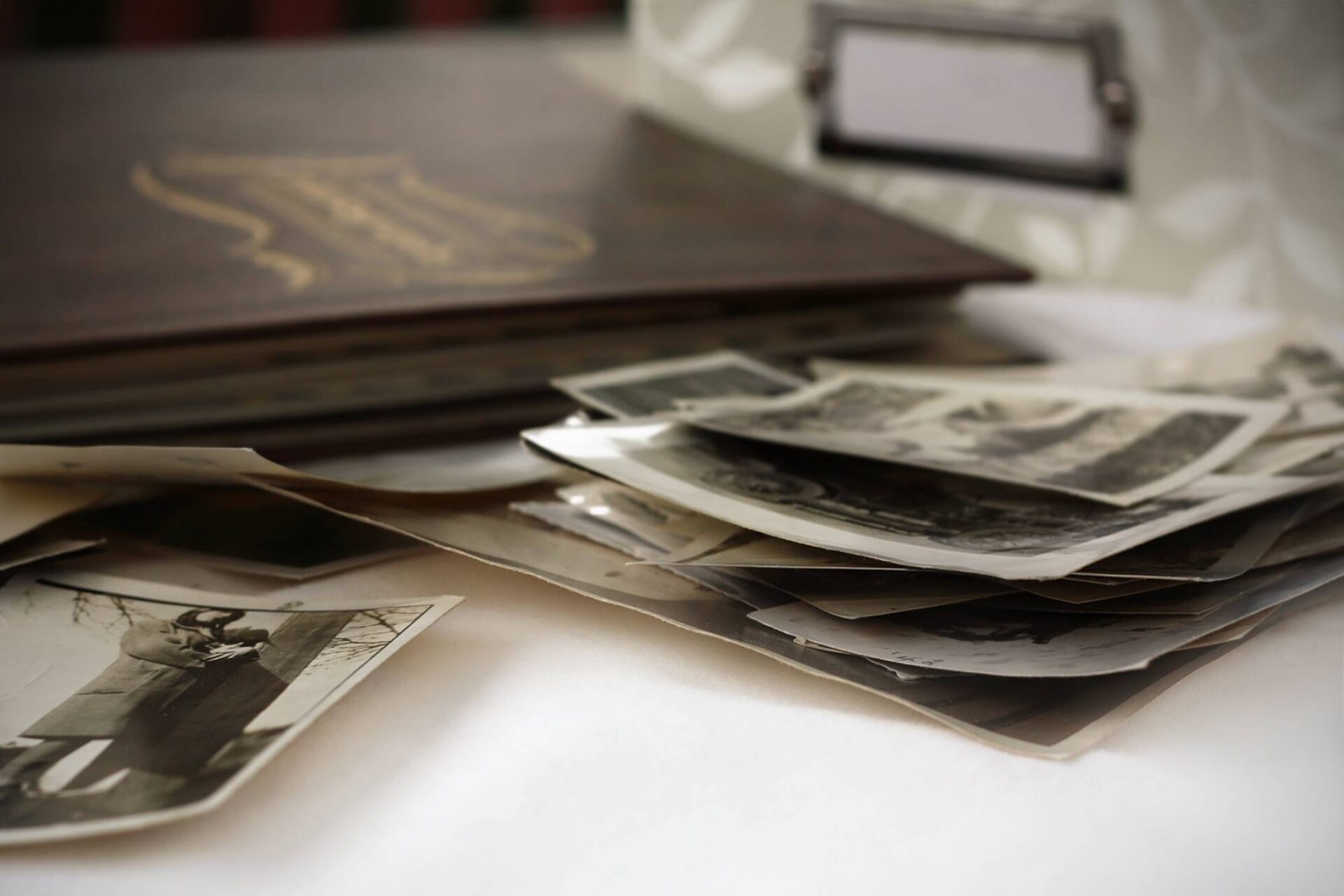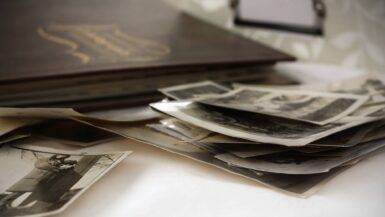For anyone delving into Irish genealogy, Irish Birth, Marriage, and Death Records (BMD Records) are the cornerstones that hold valuable information. These critical documents not only help establish family connections but also give rich insights into your ancestors’ lives. In this guide, you’ll discover the role of Irish Birth, Marriage, and Death Records in genealogy, how to access them, and strategies to make the most out of these indispensable resources.
What are Irish Birth, Marriage, and Death Records?
Irish BMD records refer to the official documents that record the vital events of an individual’s life: birth, marriage, and death. Maintained by governmental bodies, these documents are primary resources in genealogical research. They offer factual information that can serve as the foundation of your Irish family history exploration.
The Importance of Irish BMD Records in Genealogy Research
Establishing Family Connections
Irish BMD Records serve as official confirmations of family relationships. Birth records generally contain the names of parents, while marriage records will link spouses together. Death records can sometimes provide names of surviving relatives.
Providing Contextual Details
These records often yield supplementary information such as occupation, residence, or cause of death. These details enrich your understanding of your ancestors’ lives.
Offering Timeline Accuracy
Irish Birth, Marriage, and Death Records are usually precise, providing exact dates for life events. These can help you establish an accurate family timeline.
How to Access Irish Birth, Marriage, and Death Records
Civil Registration Service
In Ireland, the Civil Registration Service is responsible for maintaining Birth, Marriage, and Death Records. You can visit their offices for historical records.
General Register Office (GRO)
The General Register Office holds a centralized index and records for all life events in Ireland. Research certificates can be ordered for a fee.
Online Databases
Platforms like FindMyPast, Ancestry.com, and the Irish Genealogy website offer searchable databases of Irish BMD Records.
Local and County Archives
Some local libraries and county archives also hold collections of BMD Records, especially those that predate civil registration.
Types of Irish Birth, Marriage, and Death Records
Birth Certificates
These documents provide key details including the baby’s name, birth date, parents’ names, and sometimes even the occupation of the father.
Marriage Certificates
These contain information about the bride and groom, including names, ages, marital status, and often the names of witnesses.
Death Certificates
Death records offer crucial data such as the decedent’s name, age, marital status, and cause of death.
Church Records
Before the advent of civil registration, Church records often serve as the only source of birth, marriage, and death information.
Strategies for Navigating Irish Birth, Marriage, and Death Records
1. Understand Timeframes
Civil registration in Ireland began at different times for different life events. Know the timeframes to pinpoint when records may exist.
2. Use Indexes Wisely
Indexes can be your best friend in navigating vast collections. Use them to identify which volumes to search further.
3. Account for Variations in Names
Be prepared to search for alternate spellings of names or even different versions, given that names might have been recorded phonetically.
4. Note Addresses and Locations
Always make a note of addresses and locations mentioned, as they can be crucial in cross-referencing other records.
5. Always Double-check Information
Mistakes and inaccuracies do happen in official records. Cross-reference details with other sources whenever possible.
Common Challenges and How to Overcome Them
Missing Records
Records can be missing due to various reasons, from bureaucratic inefficiency to natural disasters. If a record is missing, check church records or newspapers for possible mentions.
Inconsistent Details
You may find inconsistencies between records, such as age discrepancies. Here, other records like census data can help resolve such issues.
Access Limitations
Some records may be restricted due to privacy laws. In these cases, you might need to demonstrate your relationship to the person in the record to gain access.
Special Types of Irish BMD Records
Late Registration Records
Not all life events were registered immediately. Late registration records can offer additional details that weren’t included in the initial record.
Illegitimacy Records
Children born out of wedlock were often recorded differently. In these records, the mother’s name is usually given, but the father’s name may be omitted.
Annulled and Divorced Marriage Records
Annulled or divorced marriages were often noted in the margins of the original marriage certificate or recorded separately.
Church Marriage Dispensations
If a couple had a close blood relationship, they might have needed a Church dispensation to marry. These records often offer extensive genealogical data.
Coroner’s Inquest Reports
These reports, often linked with death certificates, can provide additional insights into the circumstances of an ancestor’s death.
By thoroughly understanding how to navigate Irish Birth, Marriage, and Death Records, you are well on your way to building a robust and detailed family tree. With well-executed strategies, you can overcome common challenges and unearth invaluable details about your Irish heritage. These essential records hold the keys to unlocking your family’s past, offering a window into the lives, loves, and losses of your Irish ancestors. Therefore, Irish BMD Records are not just documents; they are bridges to your ancestral past, waiting to be crossed. So dive in, and let the journey through your Irish genealogy begin with these irreplaceable resources.




Leave a reply